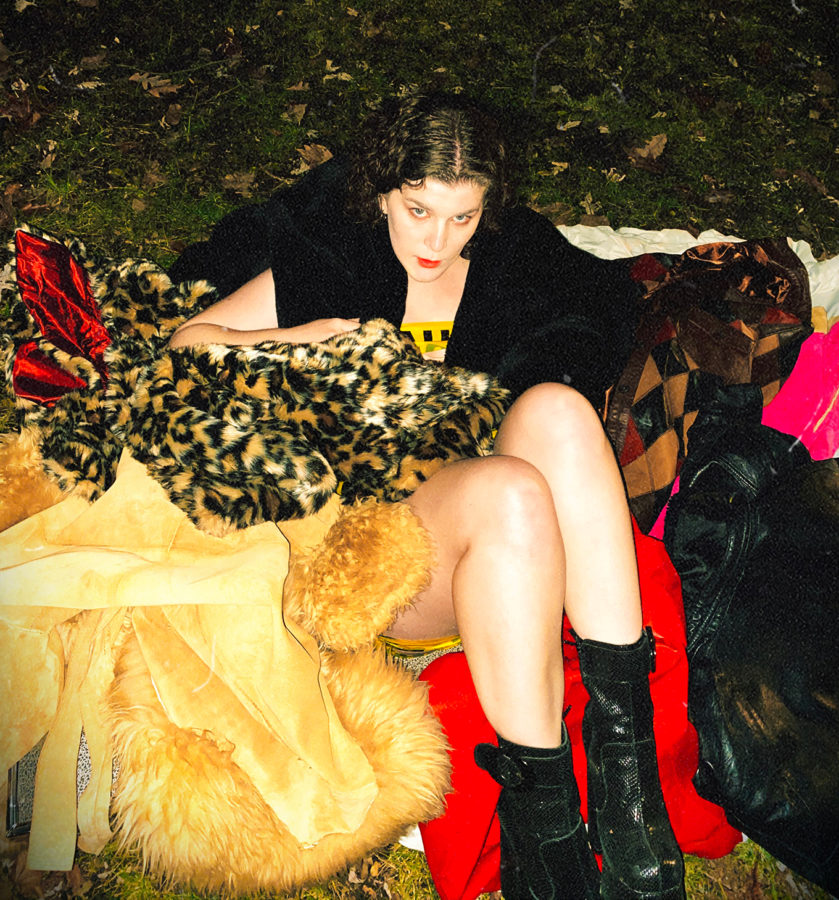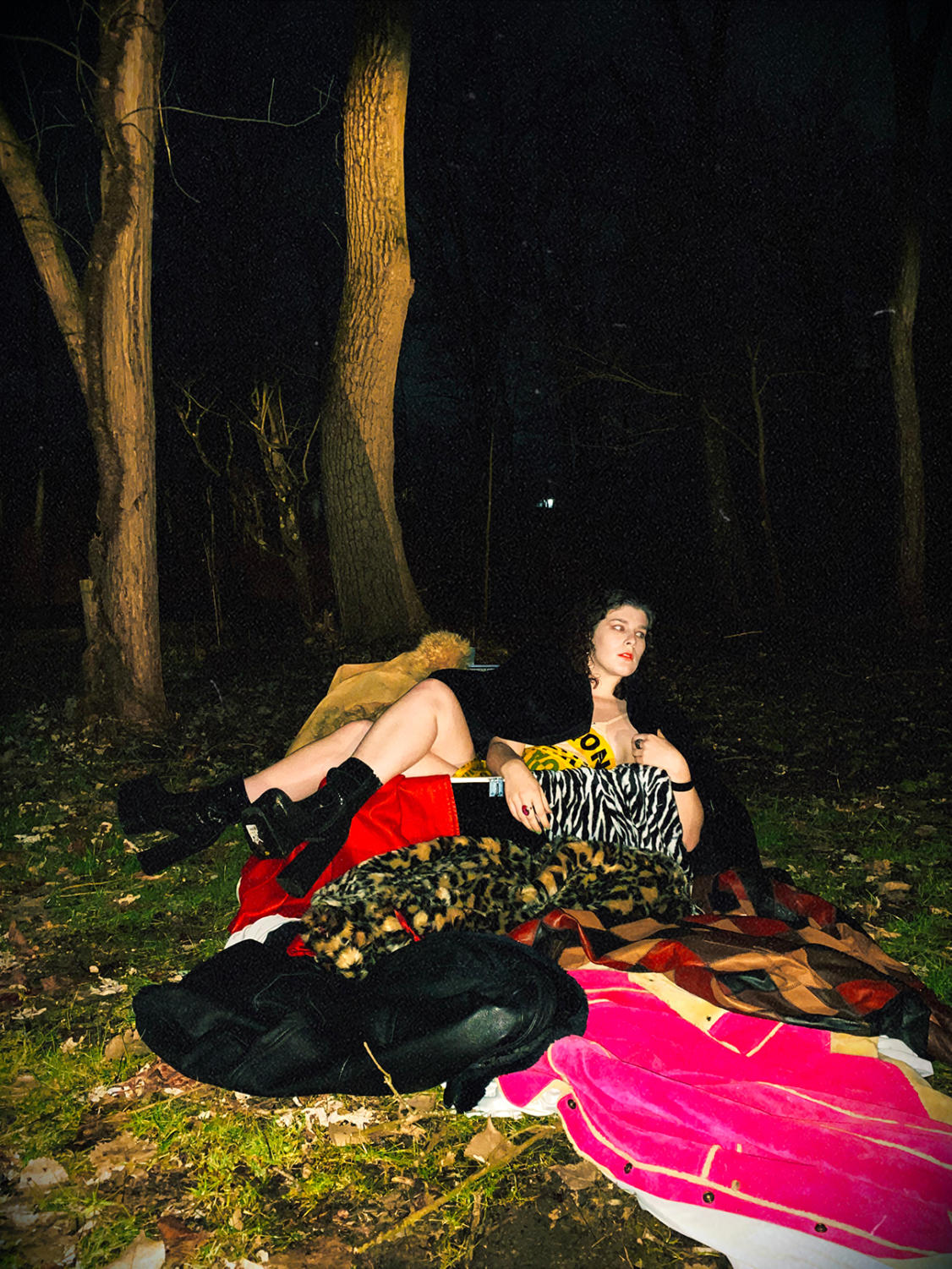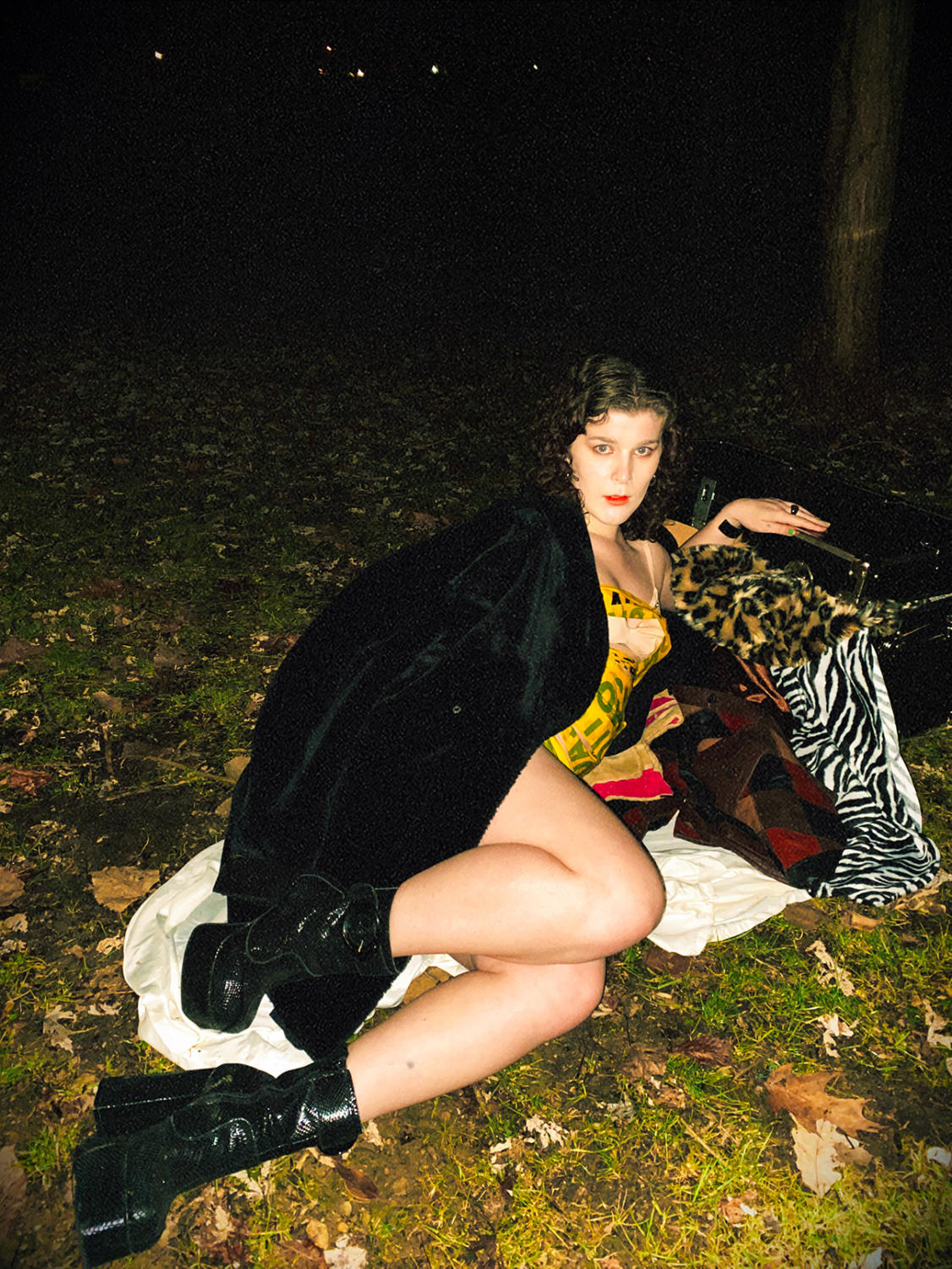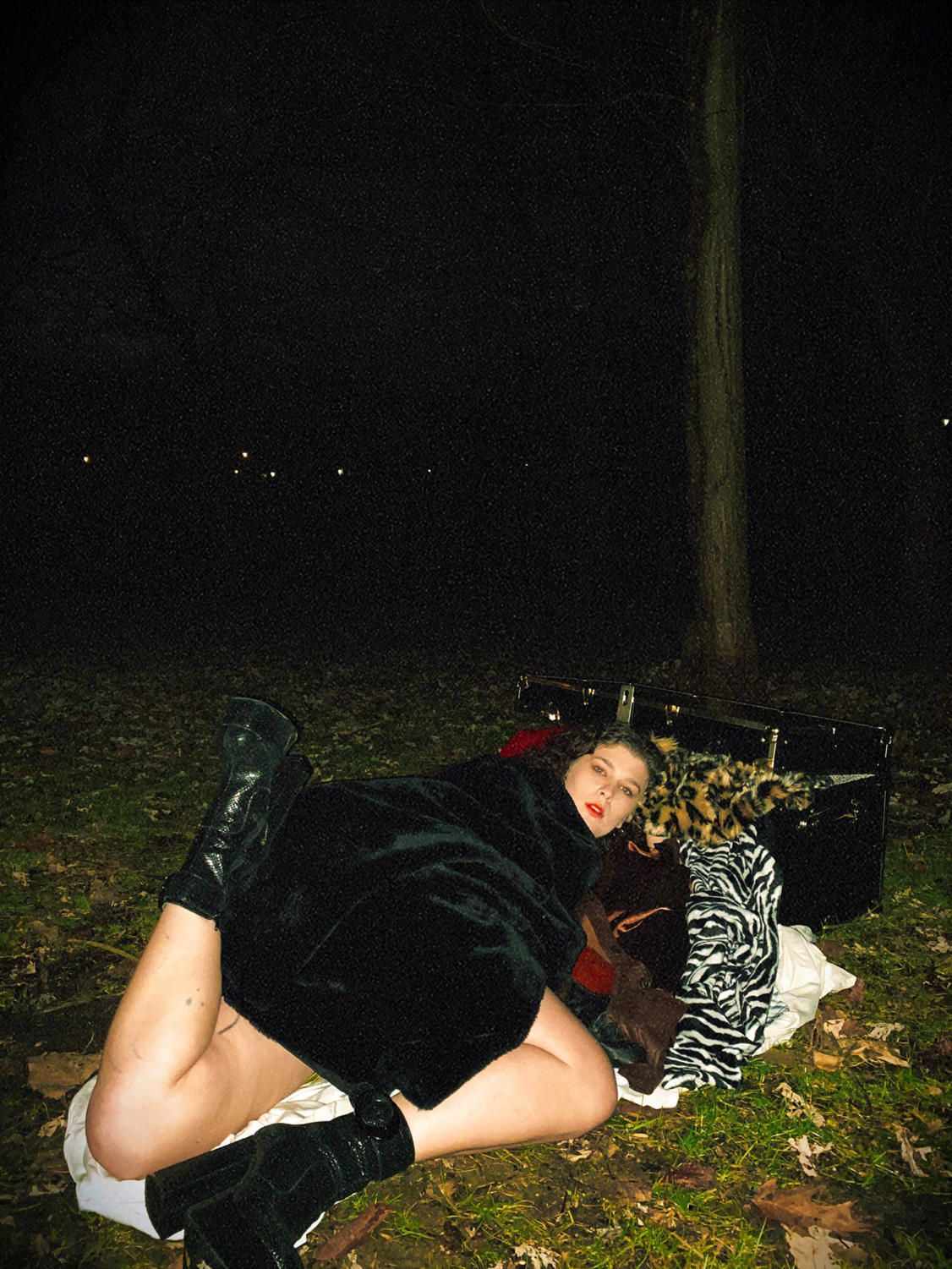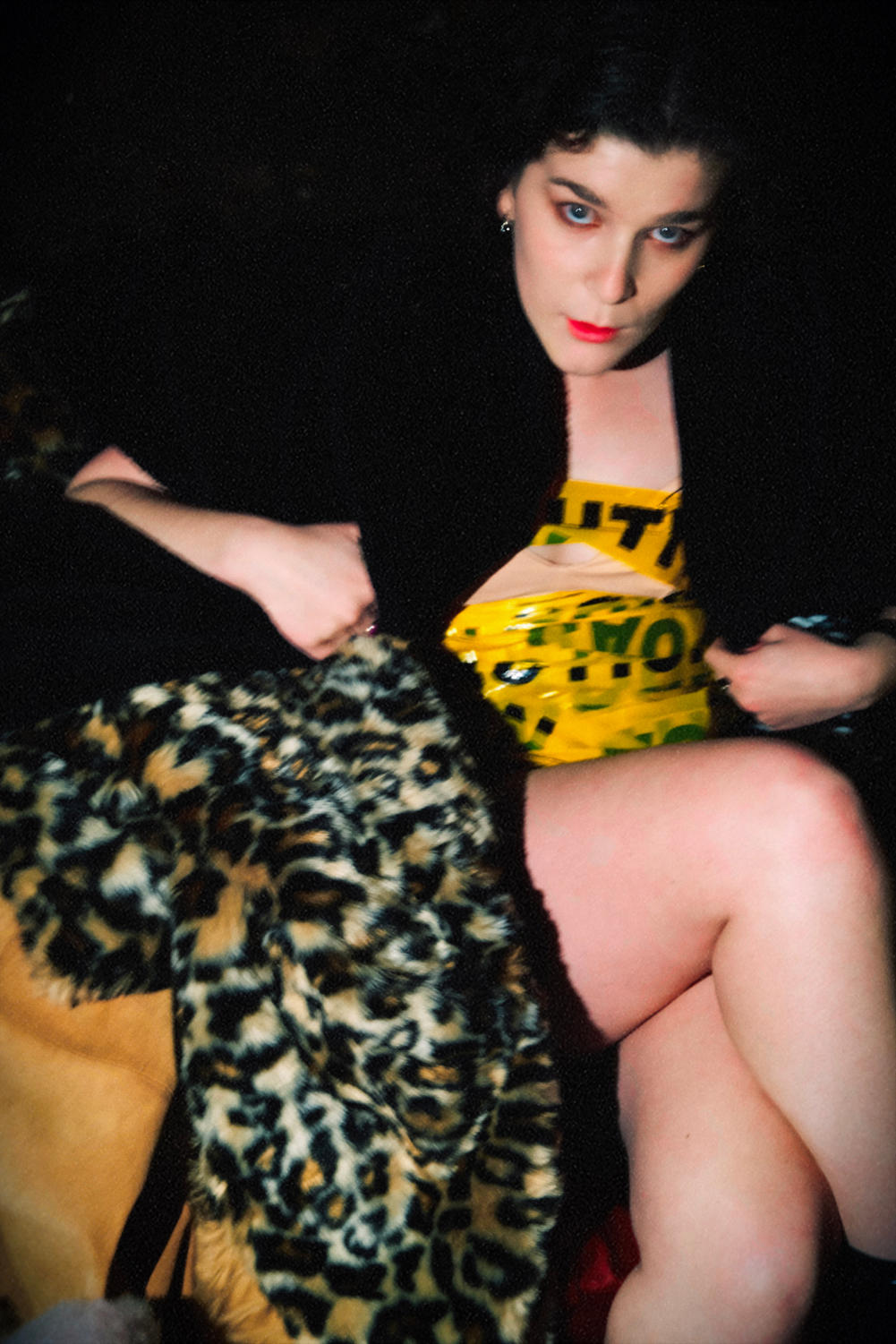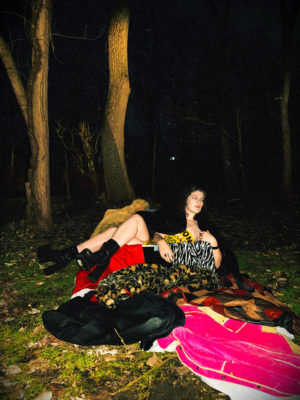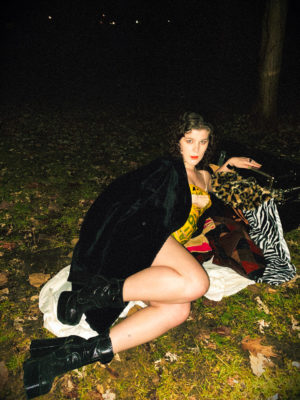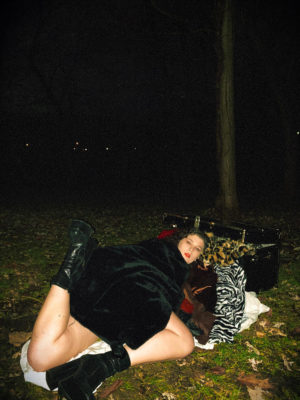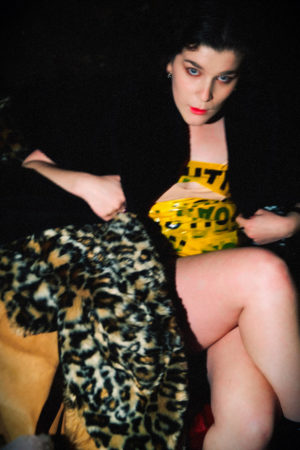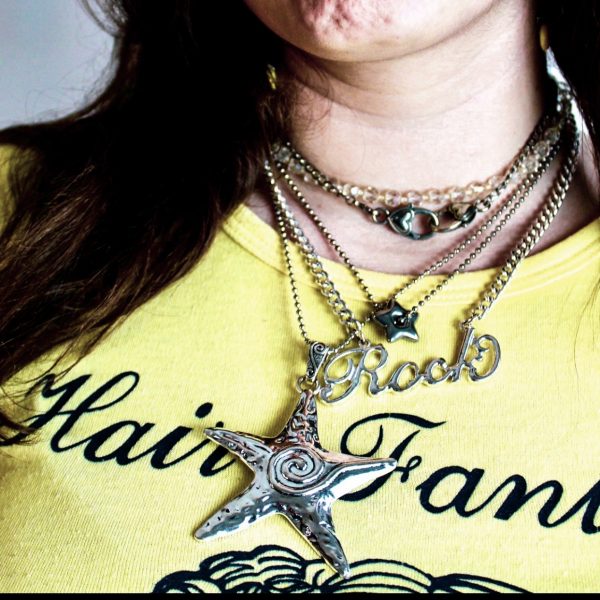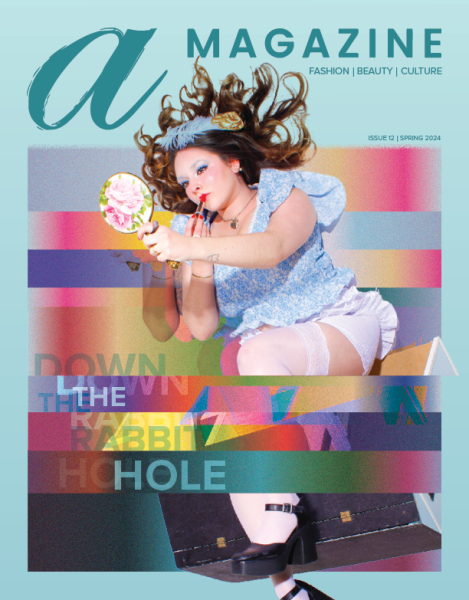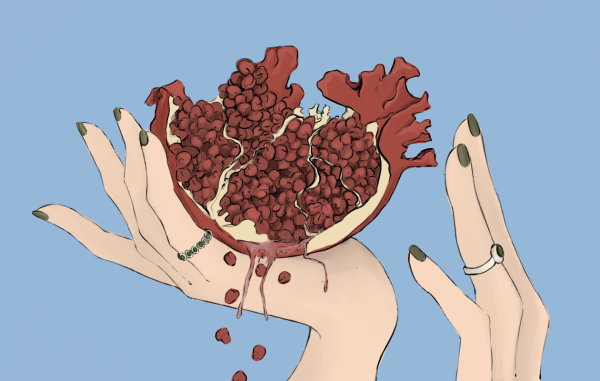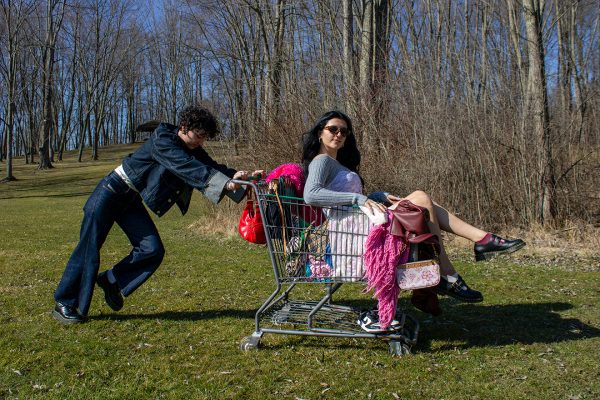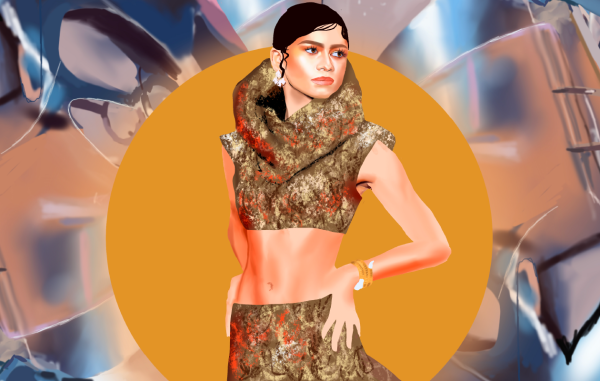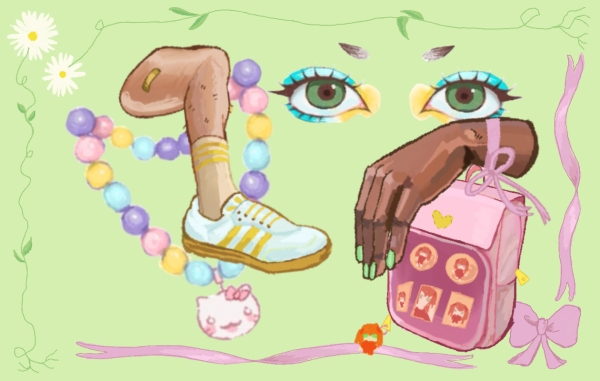how to ethically shop fur and leather goods
With the winter weather approaching, many trends are shifting to warm and luxurious textiles such as leather and furs. From the micro mini UGGs trending everywhere to the longline leather coats that edge up any outfit, leather and fur are hard to avoid. As an extension of the meat industry, leather and fur production leads to deforestation, vast water and land use and gas emissions. The Textile Exchange Preferred Fiber & Materials Market Report 2021 cited the Food and Agriculture Organization’s estimate that 1.4 billion animal hides were used in leather manufacturing, which means approximately one animal was sacrificed for every five people.
The Higg Material Sustainability Index, which measures the total environmental effects of a products supply chain, gave leather textiles a rating of 159, two to three times higher than polyester and cotton which themselves have many issues in the department of sustainability. When the fashion industry has been exposed as one of the largest pollutants many of us consumers are trying to find ways to reduce our carbon footprint. It can be hard to figure out how to balance style and sustainability, especially in this fast-paced capitalist world, so here is a list of ways to participate in these trends without contributing to the vicious cycle of unethical production.
Second-Hand Shops
The first category of avenues to ethically shop for leather and fur is second-hand retailers. If you still want authentic leather and fur items but don’t want to contribute to unethical consumerism, shop second-hand. Shopping second-hand is great when you’re looking for a specific piece or you want something vintage. Online retailers let you easily put the specific item you’re looking for in the search engine and browse through your options. Below is a list of some popular online consignment shops and what each specializes in.
The RealReal
If you are looking for specific designer pieces guaranteed to be authentic, The RealReal is the shop for you. The RealReal is full of leather handbags, winter gloves and beautiful coats that would look great in your winter wardrobe, plus there is no guilt behind the purchase. The sustainability properties are laid out at the bottom of each garment or accessory’s description. It’s a great sight if you love designer items but don’t have the funds to splurge on them (like most of us). All pieces are marked down up to 70% off retail value and you’ll walk away with a one-of-a-kind designer piece.
Poshmark & eBay
If you are in for the hunt, then retailers like Poshmark and eBay are for you. Sometimes the most rewarding part of shopping is the search. Poshmark allows you to get close to sellers to debate pricing and has a wide variety of selling and purchasing options. If you enjoy bidding on unique items, eBay is perfect. These sights are great places to search for leather boots, vintage leather jackets and fur-lined winter gear.
Depop
When looking for unique and specialized pieces similar to ones on Pinterest and TikTok, Depop is where you will find them. Depop caters to a younger demographic and has thousands of creative and specialized pieces. It is also where you can support unique sellers who have started their business on Depop. This online marketplace is great for finding trendier items like special handbags, vintage Harley Davidson and leather shoes.
Sustainable Qualifiers and Brands to Look For
Recycled leather
Another way to reduce waste is to shop with zero-waste retailers. Shops like Deadwood Studios are using deadstock leather scraps from their manufacturer to create beautiful pieces. You can still shop for new items. It’s all about finding specialty stores that cater to your sustainability needs.
Safely tanned leather
One of the most unsustainable processes of producing leather goods is the often overlooked tanning process. Once leather has been obtained from the animal, it must go through many chemical processes called tanning to make sure the leather is cured and holds up over time. This process requires many harmful chemicals such as formaldehyde, phenols and acrylates. One of the most advanced processes of sustainable tanning is vegetable tanning. Vegetable tanning is not only less harmful to the environment and workers, but it also is known for its strength and durability. This process is something designer brand Louis Vuitton has been employing for years. It creates a more natural look and allows for the veins of the leather to peek through, along with being a more sustainable process.
Vegan leather and faux fur
Faux fur and vegan leather get a bad reputation. While many low street retailers use cheap fake leather goods that fall apart instantly, there is a huge market of high street vegan leather and fur. House of Fluff has created the first biodegradable animal-free fur, as well as reducing chemical use on its vegan leather products. Stella McCartney is another designer who has been one of the most influential trailblazers in the world of vegan leather products. She offers plastic-free vegan leather materials for her innovative designs and advocates for a luxurious market without real leather and fur products. If you’re looking to support more than just animal rights and leather sustainability while still staying on trend, then Veja is for you. Combining economic justice projects with ecological materials, Veja is fully transparent on its carbon emissions and sustainability promises.
It’s a lie that you have to cut out leather and fur items from your wardrobe completely in order to obey a sustainable agenda. There are many ways to add a leather jacket or fur-lined boots without breaking your promise to remain carbon conscious. Narrowing in on the ways in which we try to reduce pollution is a great first step to make it seem manageable and easy to stick to, so take these tips for fur and leather and soon other areas will become more sustainable as well.
Support Student Media
Hi, I’m Catie Pusateri, the Editor-in-Chief of A Magazine. My staff and I are committed to bringing you the most important and entertaining news from the realms of fashion, beauty and culture. We are full-time students and hard-working journalists. While we receive support from the student media fee and earned revenue such as advertising, both of those continue to decline. Your generous gift of any amount will help enhance our student experience as we grow into working professionals. Please go here to donate to A Magazine.

